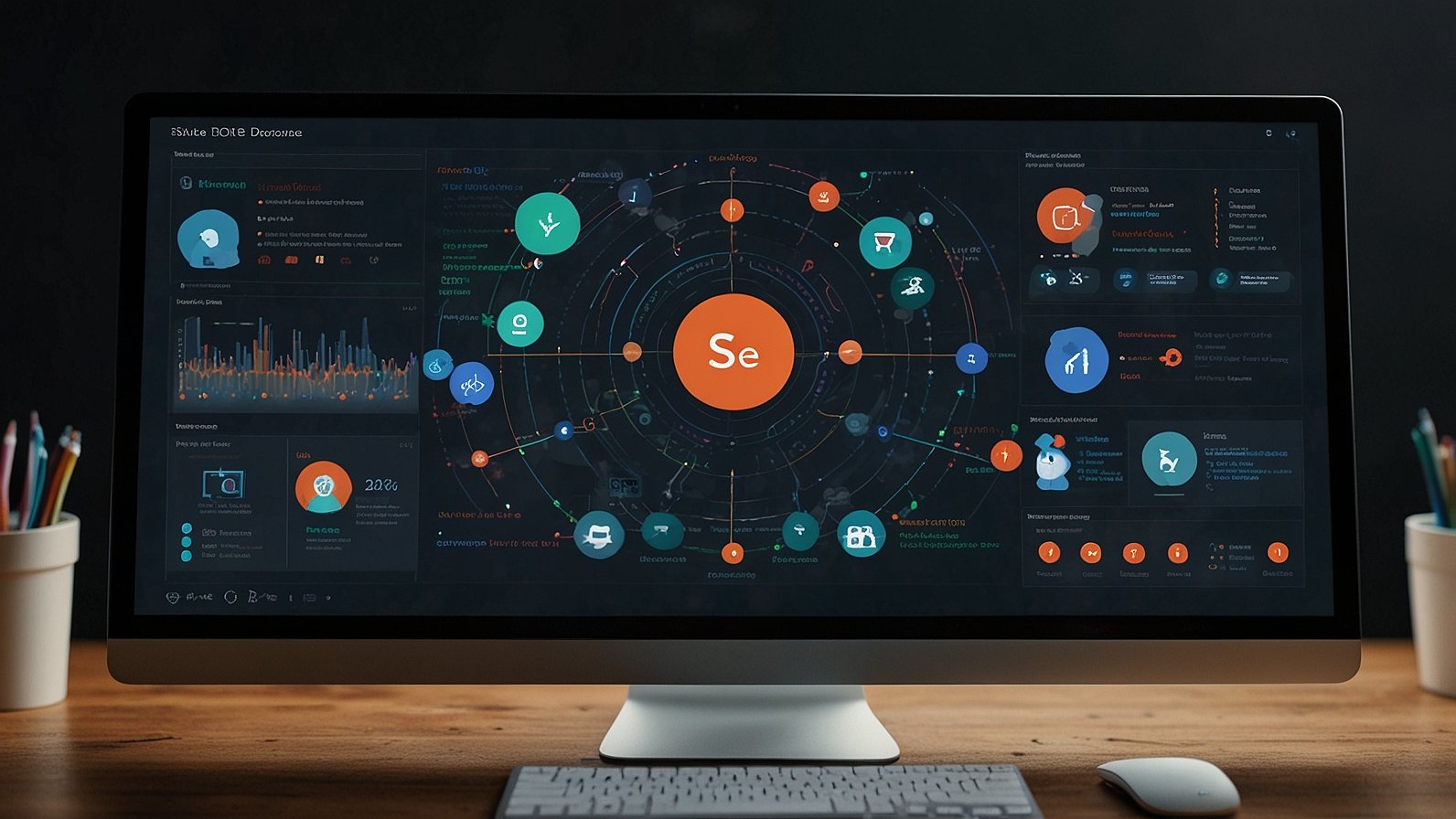Introduction to Instructional Design and Technology
In the constantly changing field of education, instructional design and technology are key in developing successful and stimulating learning opportunities. Instructional design focuses on systematically designing, developing, and delivering instructional materials and experiences. This field leverages technology to address the diverse needs of learners, ensuring that educational goals are met in more innovative and impactful ways. By integrating contemporary technologies such as AI, gamification, VR, and mobile learning, instructional designers can provide more personalized, immersive, and flexible learning opportunities.
The Rise of Personalized Learning
Personalized learning tailors educational experiences to individual student needs, preferences, and learning paces. As education systems globally adapt to new technological advancements, Instructional Design degree online programs are becoming increasingly essential for educators aiming to enhance their teaching methods and student outcomes. This approach is gaining traction because it aligns with the understanding that each learner is unique. By catering to individual requirements, personalized learning enhances engagement and outcomes, allowing students to take more control over their educational journeys.
According to experts, personalized learning integrates various tools and technologies to create customized student learning paths. This method frequently includes adaptive learning systems that utilize algorithms to modify task difficulty according to the learner’s performance, guaranteeing that each student gets the right combination of challenge and assistance.
Additionally, new trends in personalized learning show significant promise in transforming traditional classrooms into dynamic learning environments. By utilizing data analytics and AI, educators can identify student strengths and weaknesses, enabling them to provide more targeted interventions and resources. This results in a more engaged and motivated student body, leading to better academic performance and increased satisfaction with the learning experience.
Integrating AI in Education
AI is becoming increasingly common in educational technology. AI-driven technologies enable customization of learning experiences, deliver instant feedback, and streamline administrative duties, thereby enabling teachers to devote greater attention to teaching rather than administrative duties. AI’s impact on education extends beyond the classroom, influencing everything from curriculum development to student assessment.
AI tools like chatbots and virtual tutors are particularly beneficial in providing personalized assistance to students. These tools can answer questions, guide learning processes, and offer additional support outside regular classroom hours, making education more accessible and responsive to student needs. For example, an AI-driven tutoring system can help students with homework, offering hints and solutions in real-time, thereby reinforcing their understanding of complex subjects.
Integrating AI into education is a futuristic and present-day reality making significant impacts. By automating routine tasks such as grading and scheduling, AI allows educators to dedicate more time to lesson planning and direct student interaction. Moreover, AI-powered data analysis can offer understanding on how students are doing academically, allowing teachers to customize their teaching methods to address each student’s unique requirements and enhance educational results.
Gamification as a Learning Tool
Gamification involves incorporating game elements into educational activities to make learning more engaging. This method has shown positive results in motivating students, improving retention, and encouraging active participation. By transforming mundane tasks into interactive and enjoyable activities, gamification can help sustain student interest and foster a love for learning.
Examples of gamification in education include leaderboards, badges, and point systems that reward students for completing tasks. These game-like elements can create a sense of competition and achievement, motivating students to strive for excellence. For instance, a student might earn points for completing assignments on time, which could be displayed on a class leaderboard, encouraging friendly competition and peer recognition.
Research indicates that gamified learning environments can lead to higher student engagement and improved academic performance. Studies have shown that students participating in gamified learning activities are more likely to attend classes regularly, complete assignments, and perform better on assessments. By making learning fun and interactive, gamification can nurture a positive attitude towards education and promote lifelong learning.
The Role of Virtual and Augmented Reality
Virtual Reality (VR) and Augmented Reality (AR) are revolutionizing the educational landscape. These technologies provide immersive learning experiences that can make abstract concepts tangible and accessible. By creating realistic simulations and interactive environments, VR and AR can enhance experiential learning and help students develop practical skills.
For instance, VR can transport students to historical events or complex scientific environments, allowing them to explore and interact with content in ways that traditional methods cannot. For example, a history class might take a virtual tour of ancient Rome. In contrast, a biology class could dissect a virtual frog, providing hands-on experiences without the logistical constraints of physical materials.
AR, on the other hand, overlays digital information onto physical spaces, enhancing interactive learning. In a geography lesson, students could use AR to visualize topographical features by hovering their smartphones over a map, bringing the subject to life. These tools are particularly useful in STEM education, offering practical, hands-on experiences that engage students and deepen their understanding.
Mobile Learning and Its Benefits
Mobile learning, or m-learning, refers to educational experiences accessed through mobile devices. Modern learners’ preference for the platform is due to its adaptability and easy access, allowing them to learn wherever they are. With the widespread use of smartphones and tablets, mobile learning provides a convenient and efficient method to reach a variety of learners no matter their location.
Mobile learning platforms and apps provide various educational resources, from e-books to interactive quizzes, allowing learners to engage with content anytime, anywhere. This mode of learning is particularly advantageous for adult learners and professionals seeking continuous education, as it fits seamlessly into their busy schedules. For example, a working professional might use a language-learning app to build new skills without disrupting their daily routine during their commute.
Moreover, mobile learning supports differentiated instruction by offering personalized content and adaptive learning paths. Students can choose from various formats, such as videos, podcasts, games, or text, catering to different learning preferences. By integrating mobile learning into educational strategies, educators can provide more inclusive and engaging experiences that accommodate the diverse needs of their students.
Data-Driven Instructional Design
Data-driven instructional design uses analytics to tailor educational experiences to meet learners’ needs more precisely. By analyzing data on student performance, educators can identify areas where learners struggle and adjust instructional strategies accordingly. This evidence-based approach ensures that educational practices are targeted and effective.
Numerous tools facilitate data collection and analysis in education, providing insights that can help optimize teaching methods and improve student outcomes. For instance, learning management systems (LMS) can track student progress, providing detailed reports on attendance, participation, and assessment scores. These observations help teachers to make knowledgeable choices and carry out actions that help students achieve success.
Data-driven approaches ensure that educational practices are evidence-based and student-centered. By leveraging analytics, educators can create more accurate and personalized learning experiences. They can identify trends, predict future performance, and tailor resources to address specific needs. This method fosters a collaborative and responsive learning environment where students receive the support they need to achieve their full potential.
External Resources for Further Reading
For those interested in diving deeper into the field, here are some valuable resources:
- Personalized Learning Trends
- Data-Driven Instructional Design











